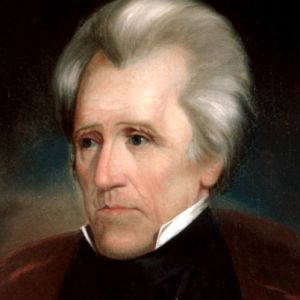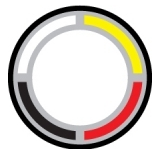This Day in History. WASHINGTON — On this day in 1830, 191 years ago, President Andrew Jackson signed the Indian Removal Act.

The Act established a process whereby the president could grant land west of the Mississippi River to Indian tribes that agreed to give up their homelands. As incentives, the law allowed the Indians financial and material assistance to travel to their new locations and start new lives and guaranteed that the Indians would live on their new property under the protection of the United States Government forever.
With the Act in place, Jackson and his followers were free to persuade, bribe, and threaten tribes into signing removal treaties and leaving the Southeast portion of the country.
Want more Native News? Get the free daily newsletter today.
By the end of his presidency, he had signed into law almost seventy removal treaties, the result of which was to move nearly 50,000 eastern Indians to Indian Territory—defined as the region belonging to the United States west of the Mississippi River but excluding the states of Missouri and Iowa as well as the Territory of Arkansas—and open millions of acres of rich land east of the Mississippi to white settlers. Despite the vastness of the Indian Territory, the government intended that the Indians’ destination would be a more confined area—what later became eastern Oklahoma.
The Indian Removal Act set in motion the Trail of Tears, which attributed to the genocide of thousands of American Indians and the death of one-quarter Cherokee people. For this reason, Jackson is referred to by American Indians as the “Indian-killer” president and do not feel he should be honored or celebrated in any fashion.
More Stories Like This
Native News Weekly (August 25, 2024): D.C. BriefsUS Presidents in Their Own Words Concerning American Indians
Haaland Meets with Southern New Mexico Law Enforcement on Public Safety Priorities
This Day in History – Dec. 26, 1862: 38 Dakota Men Executed by Order of Abraham Lincoln
Merry Christmas 2025
Help us defend tribal sovereignty.
At Native News Online, our mission is rooted in telling the stories that strengthen sovereignty and uplift Indigenous voices — not just at year’s end, but every single day.
Because of your generosity last year, we were able to keep our reporters on the ground in tribal communities, at national gatherings and in the halls of Congress — covering the issues that matter most to Indian Country: sovereignty, culture, education, health and economic opportunity.
That support sustained us through a tough year in 2025. Now, as we look to the year ahead, we need your help right now to ensure warrior journalism remains strong — reporting that defends tribal sovereignty, amplifies Native truth, and holds power accountable.
 The stakes couldn't be higher. Your support keeps Native voices heard, Native stories told and Native sovereignty defended.
The stakes couldn't be higher. Your support keeps Native voices heard, Native stories told and Native sovereignty defended.
Stand with Warrior Journalism today.
Levi Rickert (Potawatomi), Editor & Publisher

